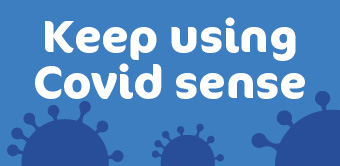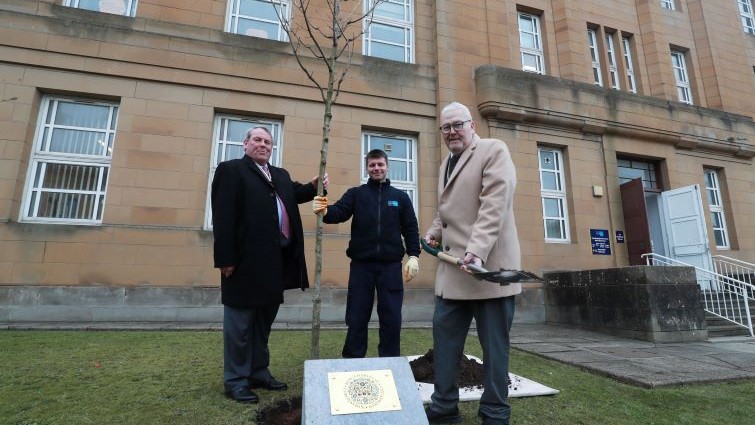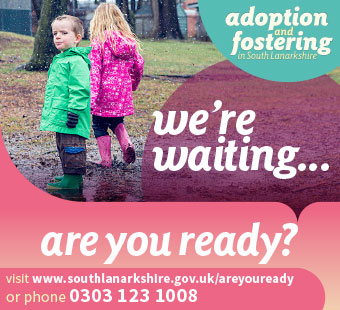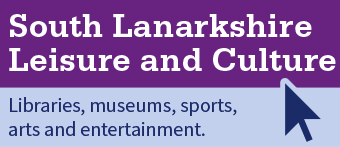Artwork tells of young people’s feelings on justice
Published: Thursday 21 March 2024
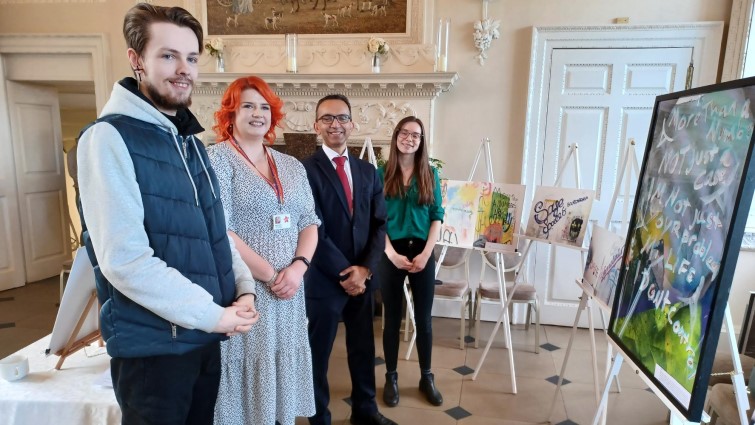
One of the final events of a groundbreaking project has gone right to the ’art of the matter.
Inclusion as Prevention has been running in South Lanarkshire since 2019 to help young people avoid offending and other negative outcomes.
A number of events and activities, from football to pizza in the park, have been devised through groups and projects comprising children and young people and aim to determine what is needed and what barriers are faced.
Some of these activities have involved the arts, and their work was showcased in an exhibition at Chatelherault, Hamilton, for professionals whose work could benefit from the insights.
Kiera Irvine, Engagement Coordinator for Inclusion as Prevention, said: “This artwork event was entirely co-produced with the young people to share their messages about their experiences of systems and services within South Lanarkshire.
“This gets to the core of what Inclusion as Prevention has been about – talking to young people, listening to them and working with them to figure out what we can do to help them stay on the right path, or get back to it.
“Some of the most successful projects in helping young people to express their thoughts, feelings and ideas about their experiences has been though art, whether it be pictures or lyrics, and it has proved to be an invaluable part of the process, informing our learning on what in the system can change to help them.”
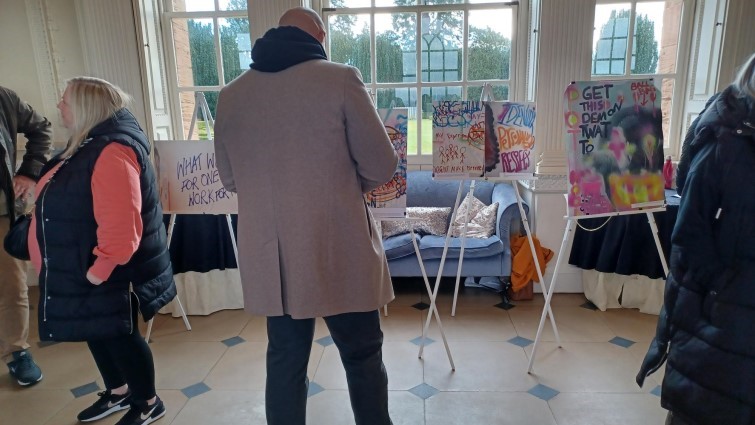
The exhibition at Chatelherault’s historic Hunting Lodge showcased artwork, poetry, a video and a graffiti wall, all conceived and created by young people, many of whom were on hand to talk about their work and their involvement in Inclusion as Prevention.
Invited to join the Inclusion as Prevention project were young people who produced artwork through a study entitled: Killing Time: Young People and Boredom, led by Johanne Miller from the University of the West of Scotland and funded by The Royal Society of Edinburgh.
Showcasing artwork that had been produced at an IAP graffiti workshop and performing readings of their own poetry were young people from the GoTo project – a mental health support service for young people aged 14-18 in South Lanarkshire – and one of those who were fascinated by the work on show, and the thoughts behind each piece, was Professor Soumen Sengupta, Director of Health and Social Care for South Lanarkshire.
Professor Sengupta said: “Every element of the exhibition was remarkable – from the striking quality of the craft on show to the potent emotions being expressed through each individual piece – and is a real credit to all of the young people involved and the colleagues who have worked with them.
“As much as the act of creating art can be a powerful means for sharing feelings, ideas and insights, so too can engaging with art be a valuable prompt to consider people, situations and issues from different perspectives – and, in that way, enhance the connection and understanding that has been a hallmark of the development of the Inclusion as Prevention project over the past five years.
“These are challenging times for many of our communities and for all of our service, which makes all the more important our learning about the potential that engagement has to contribute to improvement as we strive to make best use of the resources that we have with, and for, our young people.”
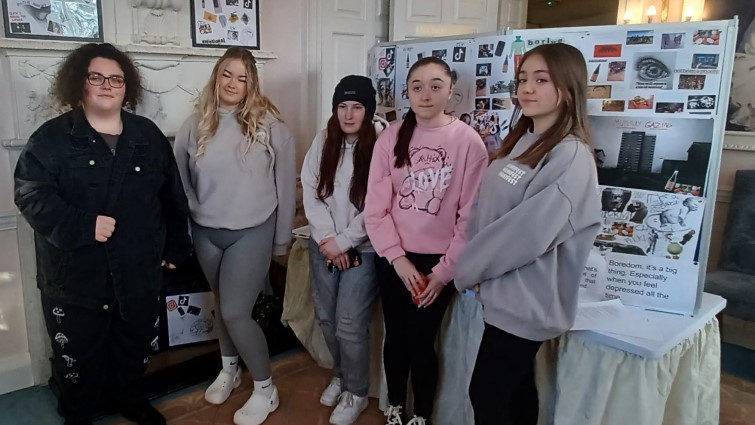
The exhibition also included a video animation and a rap, both of which allowed the young people behind them to describe what can cause them to feel trapped in the justice system, a sentiment that has often been expressed throughout the years that Inclusion as Prevention has been running.
Annalise Clelland, Researcher from Dartington Service Design Lab said: “So why art? Art is engaging, and fun and beats long discussions where language isn't always shared.
“Art has also been used for centuries to connect with one another on a deeper level and share messages, be that through stories, poems or theatre; it's very human, and we hope it can help those who see it to connect on that deeper level with young people."
One young person added: “It is important to listen to young people, but it’s also important for us to see actions afterwards. If there are no actions after listening, it feels like you're just listening because you have to.”

Police Scotland have worked closely with the project and Inspector Christopher Nisbet was an interested observer at the exhibition, as well as an admirer of the artwork.
He said: “The stories and messaging behind the artwork, of how young people feel trapped or want to be heard, really inspired me.
“As a Lanarkshire professional, this project will definitely influence future my decisions around justice-affected children and young people.”
Inclusion as Prevention has been a five-year project in Rutherglen and Cambuslang that has examined services for children and young people who are at risk of offending, and for their families, with the intention of re-shaping those services to make them as helpful, understanding and effective as possible.
It re-imagined systems of support for young people involved with the law aimed to shift the way of working from reacting to situations and being driven by crisis, to instead identify potential difficulties and intervene earlier in young peoples’ lives.
Launched in South Lanarkshire in 2019 and funded by the National Lottery Community Fund, the project is a partnership between South Lanarkshire Council, Action for Children, the Children and Young People’s Centre for Justice and Dartington Service Design Lab.
Anyone wishing more information on Inclusion as Prevention can find it on the project’s website.
21 February 2025
Safety improvements to be made on A726
21 February 2025
Council objects to boundaries change for East Kilbride
20 February 2025
Free meals entitlement extended in primary schools
20 February 2025
Are you worried that an adult could be at risk of financial harm
19 February 2025
Council steps back from X social media platform
19 February 2025
Apply now for a garden waste permit
18 February 2025
Planting a fitting memorial to the King’s coronation
17 February 2025
Celebrating the impact of Family Support Hubs in South Lanarkshire
14 February 2025
Top award is won as young warriors battle waste
13 February 2025
Work underway to remove trees worst affected by ash die-back disease




